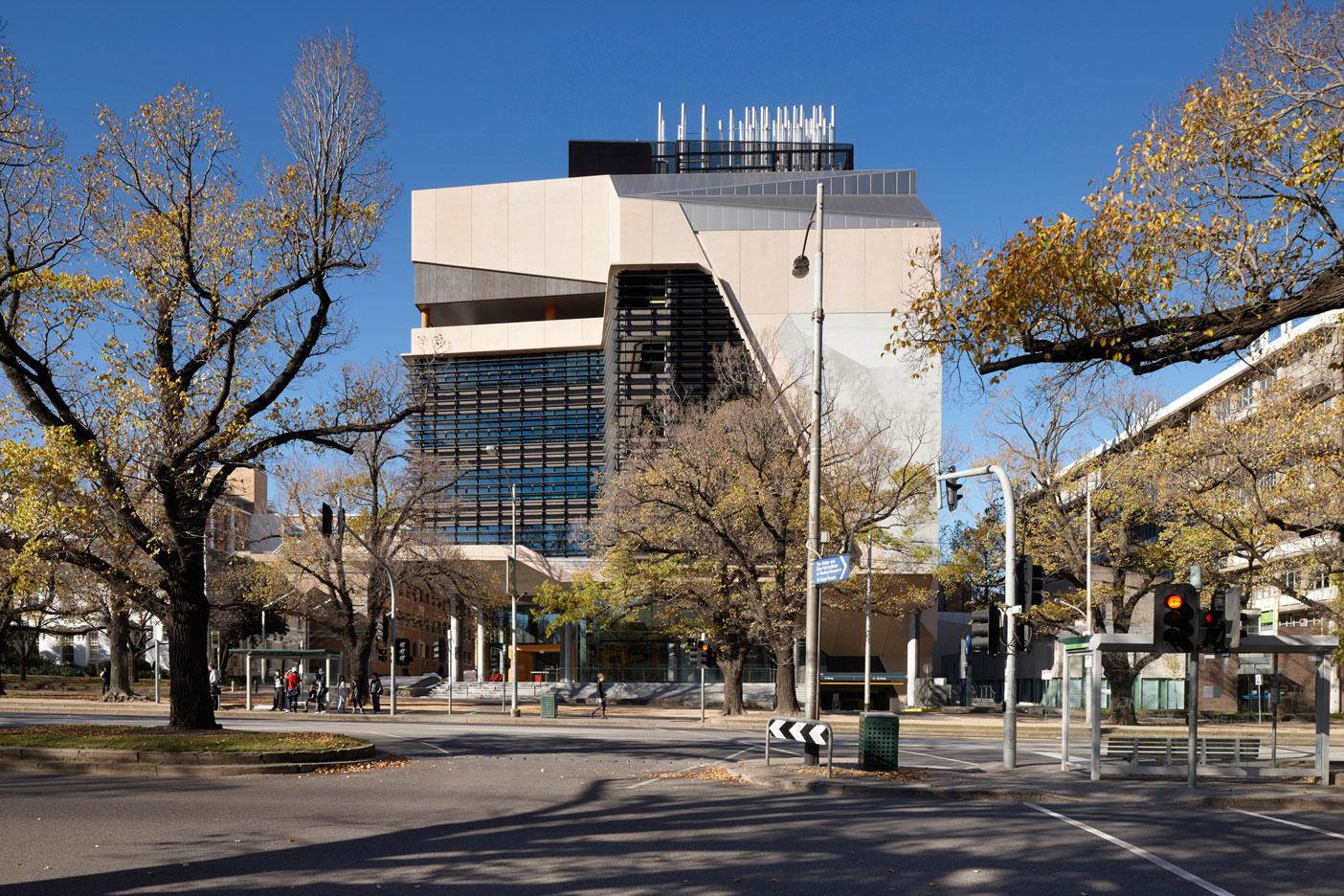Collaborative architecture key to research facility
Victorian Premier Ted Baillieu earlier this week launched the University of Melbourne’s newest research location, the Melbourne Brain Centre Parkville & Austin Facilities, designed by Melbourne architects Lyons and constructed by Brookfield Multiplex.
The $225 million, 20,000m² facility at Parkville will house three leading research bodies: the Florey Neuroscience Institute, the Mental Health Research Institute, and the University of Melbourne’s Neurosciences Faculty.
The Melbourne Brain Centre is the result of collaborative architectural practices, said director of Lyons Neil Appleton. “Some 700 of the nation’s best scientific minds will come together to conduct path-breaking research into the brain,” he said. “To build this level of collaboration into the design process, we established a collaborative architectural team which included representatives from the three co-locating research entities as well as a broad range of consultants, facility managers and the builder.”
The team conducted design workshops as part of its collaborative architectural process, which has resulted in a facility that “maximises the ability to share ideas and resources, and maintains ultimate flexibility to accommodate changing research demands,” Appleton remarked.
“The design concept brings disparate research scientists into one building with the necessary critical mass and intensity to achieve outstanding outcomes. The architecture is there to support the science, creating an environment not separated by organisational or disciplinary structure.”
Features include shared and flexible laboratory and relaxation areas, which Appleton noted are integral to the collective design. “There’s much said about the rare Eureka breakthrough moments which happen in the lounges or around the coffee machine rather than in the laboratories.”
The facility is a departure from traditional ‘tight’ labs, which skimped on space to save money on energy costs. Instead, it features a number of energy efficient initiatives, which allows for ‘loose’ space.
“Properly designed ‘loose’ space can facilitate meetings of minds, which is vital to the pursuit of successful contemporary scientific research,” said Appleton. “Ultimately, the collaborative architectural process is about achieving greater productivity and better scientific outcomes.”

The building is one of the first and largest research facilities in Australia to gain full 5-star Green Star environmental design rating, and makes strong use of natural light and interconnected bridges to facilitate interaction.

